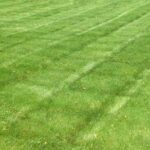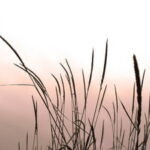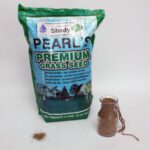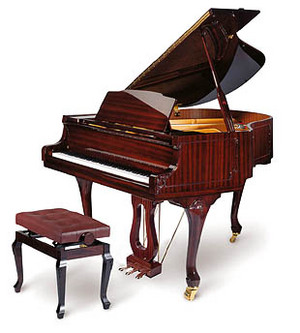Sometimes, you may find yellow patches in the lawn. By determining what caused those yellow spots in the first place, you can start to reverse the damages for a beautiful lawn. Do you have pets or do you notice other animals coming into your yard and use your lawn for their bathroom. If the yellow areas appear toward the fall, and you have a warm season grass, then it may be preparing for dormancy. This is normal.
Did you or your neighbors spray the lawn with a chemical such as an herbicide, fertilizer, insecticides, or other chemicals? This can cause the grass to turn yellow. Bugs can also cause damage to the grass. What sea
Once you discover the cause of the yellow places, you can begin repairing the damage. In a short time, your lawn will have that wonderful green look again.
Seasonal Damage
What kind of season are you having? Has there been sufficient rainfall, or are you going through drought conditions. If you have been receiving little moisture, then the lawn may need a good watering. What kind of soil do you have? If it is mostly sand, then the soil can’t hold onto the moisture for the roots. Deep water your lawn early in the morning every other week. In the summer, when the temperatures are hot and there is little rain, we allow our lawn to turn yellow. When the weather cools slightly and the rains come, the grass will become green again. This is for an established lawn. If your lawn is newly planted, then you will need to water to keep it alive.
Pests
Check for billbugs or cinch bugs feeding on the grass. To test for these bugs, pull up some grass in the late spring. Keep note of two things: Does the grass pull out easily? Are the stems hollowed out and filled with something that looks like sawdust? Control these pests with a systemic product. In April or May, apply an insecticide to kill the egg bearing females.
Is your soil deficient in nutrients? Grass needs nitrogen, Phosphorous and Potassium to grow. Nitrogen greens up the grass and helps the grass to grow. Phosphorous aids in photosynthesis and energy transfer. Potassium is needed for the inside f the grass plant. It aids in cell division, root development, and enables the plant to retain water. Apply a fertilizer according to the type of lawn you have. Read and follow the label directions otherwise, you can damage the grass.
If you need more help on deciding which nutrients your soil is lacking, or if you don’t know what the problem with your grass is, dig up a small section, and take it to the local county extension office. They can tell you if the problem is poor soil, bugs, fungus chemical burns, or something else.
Chemical Burn
If you lawn has damage from a chemical burn you will need to water the area well. Sometimes this will dilute the chemical enough and you can save your grass. If the damage is too intense, or you didn’t catch it in time, you may need to reseed the areas.
Animal Urine
Animal urine will often cause yellow areas in your lawn. To avoid this from happening, you can fence your yard in to keep all animals out. If you have pets, then keep a bucket of water handy. Wait until the animal is finished and has left the area. Pour the water over the urinated area.
Sometimes your lawn needs to be dethatched. Dead grass, leaves, or other debris lays over the soil, blocking out the sun/ if this is your problem, you will need to buy or rent a dethatcher. They can be found at most garden centers. Pine trees can also kill grass growing underneath them. You will need to find a grass seed that grows under pine trees.
Sources:
North Dakota State University: Lawn Diseases
Gaia’s Garden: Organic Lawn Problem Solver
All About Lawns: Lawn’s Yellow Patches
Pest Control Supplies: Billbug







